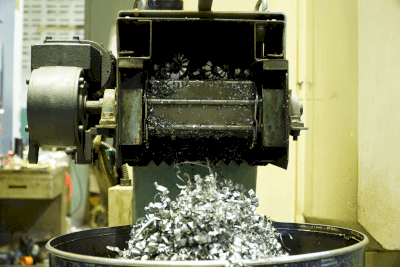What Is Acetanilide?
Acetanilide is an organic compound with chemical formula C8H9NO and specific formula C6H5NHCOCH3. Its IUPAC nomenclature is N-phenylacetamide, and other names include N-acetylaniline, N-acetylbenzeneamine, acetenyl, etc.
Its CAS number is 103-84-4. It has a molecular weight of 135.16, a melting point of 114-117°C, and a boiling point of 304-305°C. At room temperature, it is a white powder or plate-like crystal. It has a peculiar odor similar to that of esters. Its density is 1.219 g/cm3. It is soluble in diethyl ether, benzene, and toluene, and soluble in ethanol and acetone.
It is not soluble in water because the molecule is not highly polar, and its solubility in water is 5.2 g/kg (at 20°C). However, it is soluble in hot water.
Uses of Acetanilide
The main uses of acetanilide are as a synthetic raw material in the synthesis of various organic compounds such as dyes, pharmaceuticals, dyestuffs, and fibers.
It is also used as a stabilizer for hydrogen peroxide and as a rubber vulcanization accelerator. It is also used as an azo pigment in toners.
As a pharmaceutical raw material, it is especially used as a raw material for 4-acetamidobenzenesulfonyl azide, an intermediate in sulfa drugs. Acetanilide is also known for its antipyretic and analgesic properties as a member of the same family of drugs as acetaminophen. It was once marketed as a mass-market drug and was known as antifebrin.
In addition to ordinary organic synthesis, they are sometimes used in affinity capillary electrophoresis studies of drug-protein binding. It is sometimes used as a standard in elemental analysis, in which case a dedicated high-purity product is used.
However, it is not widely used today because many cases of methemoglobinemia causing liver and kidney damage and toxic effects such as blood cell destruction and convulsions have been observed. It has been replaced by less toxic compounds such as acetaminophen.
Properties of Acetanilide
Acetanilide is a stable compound in air, but reacts violently with strong oxidizers and strong bases. Therefore, acetanilide should be stored away from strong oxidizers and strong bases. Its flash point is 161°C, and it is believed to ignite when heated to 545°C.
Types of Acetanilide
Acetanilide is sold mainly as a reagent product for research and development. It is available in 1g, 5g, 100g, 500g, and 1kg volumes and can be handled at room temperature.
Other Information on Acetanilide
1. Synthesis of Acetanilide
Acetanilide is synthesized by acetylation of aniline. The main acetylating agent is acetic anhydride, but anilinium salts and acetyl chloride can also be used.
The synthesis of acetanilide with aniline and acetic anhydride is a very typical reaction for the formation of amides and is therefore often discussed on the study.
2. Typical Chemical Reaction of Acetanilide
Nitration of acetanilide yields nitroacetanilide. This reaction is an ortho- and para-oriented aromatic nucleophilic substitution reaction, yielding 2-nitroacetanilide and 4-nitroacetanilide. Of these, 4-nitroacetanilide is particularly used as a raw material for dyes.
Note that 2-nitroacetanilide and 4-nitroacetanilide can be treated with acid to remove the acetyl group, giving 2-nitroaniline and 4-nitroaniline, respectively.
Reports also suggest that when acetanilide is used as a drug, acetaminophen is produced in the body as a metabolite of acetanilide.


